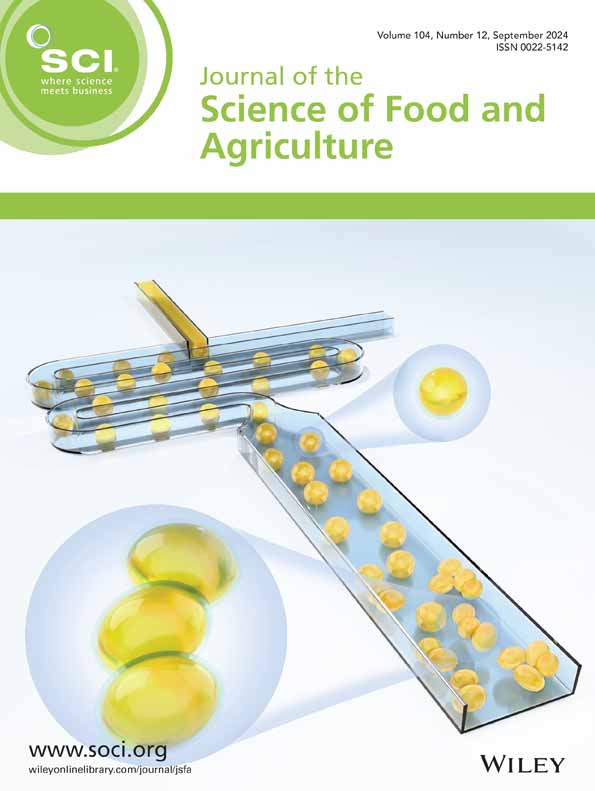Differences in anti-obesity effects between raw and ripened Pu-erh tea polyphenols: impact on gut microbiota enterotypes
Abstract
Background
Pu-erh tea, a dark tea from China, is classified into raw and ripened types. Both have significant anti-obesity effects. Polyphenols are among their major bioactive components. This study aimed to explore the anti-obesity properties and mechanisms of raw (R-TP) and ripened (F-TP) Pu-erh tea polyphenols.
Results
The results showed that R-TP and F-TP significantly reduced body weight, improved insulin resistance, and enhanced glucose and lipid metabolism in high-fat-diet (HFD)-induced obese mice. Mild differences were observed in their impact on fat metabolism, carbohydrate metabolism, and inflammation levels. Both R-TP and F-TP were able to restore the disrupted intestinal flora caused by HFD treatment, returning them to a composition and levels similar to those of normal mice. Interestingly, the gut microbiota of all the mice could be reclassified into three enterotypes (enterotype Type-1, Type-2, and Type-HFD). Lactobacillaceae predominated in Type-1. Lactobacillaceae, Muribaculaceae, and Lachnospiraceae were the most common in Type-2. Type-HFD was primarily composed of Atopobiaceae, Lachnospiraceae, Lactobacillaceae, Ruminococcaceae, and Erysipelotrichaceae. The small differences in the effects of R-TP and F-TP may be due to variations in enterotypes.
Conclusion
These findings indicate that R-TP and F-TP can alleviate obesity by regulating the enterotype of gut microbiota, suggesting that they possess the potential for application in the treatment of obesity and the development of anti-obesity agents. © 2025 Society of Chemical Industry.

 求助内容:
求助内容: 应助结果提醒方式:
应助结果提醒方式:


